Tesla Batteries Bring Clean Drinking Water To This Village
Harin - Jan 06, 2020
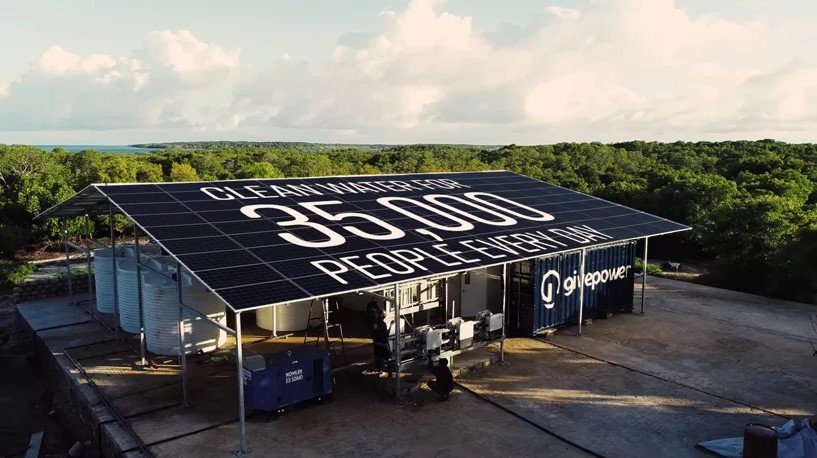
Using Tesla batteries, this desalination plant is currently providing clean water 24 hours a day to 35,000 people in this village.
- Tesla Robotaxi Finally Hits the Streets: $4.20 Rides That'll Make You Hold Your Breath
- Tesla vs Zoox vs Waymo: Who would win?
- Elon Musk Eyes Indian Market: Tesla’s Next Big Move?
Energy storage systems have turned impossible things into possible. Besides storing energy and supplying it to the grid, such a system can provide unending applications. And one of those is producing clean water by desalinating it.
And this is exactly what GivePower is doing using solar power and Tesla batteries in Africa. The firm has set up a desalination plant in Kiunga which is a rural village in the East of Kenya. Before the plant was built, the region had had to use contaminated water or salt water wells. But now, every day, the 24/7 system provides them with about 70,000 clean drinking water. And according to GivePower, this amount of water is enough for 35,000 people.
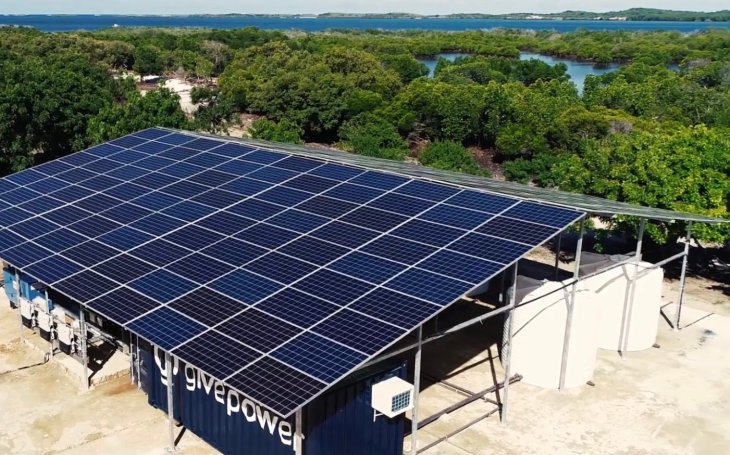
Besides quantity, the water’s optimum quality is also maintained. The water is said to be better than the one from a regular desalination plant. The system of GivePower doesn’t produce any pollutants or saline residues.
The GivePower plant is the best solution to deal with the issue of clean water in different parts of Africa. The process of desalinating water is done in several regions. However, one of its downsides is that it needs a lot of energy. Moreover, it is a challenge to implement the process.
This is where solar power can help. Solar power, when combined with energy storage systems, should be enough to run a viable desalination system. And if the solar energy isn’t available,e the energy from the batteries can help in powering the desalination process.
And for this, GivePower has been making use of Tesla Powerwalls. At the moment, two Tesla batteries can store a maximum of 50 kilowatts of energy that is generated by the solar panels in the system. This is enough for two water pumps all day.
GivePower believes that, for other regions around the world that are going through the same problem, this is a viable solution. For their next sites, GivePower is eyeing Haiti and Columbia.
Clean water is also a major challenge for India. In the country, there are many areas that don’t have access to clean drinking water. Moreover, not many people can afford expensive water purification devices. To deal with this problem, researchers from IIT Hyderabad have come up with a solution. What they are working on is a water purification system that uses algae to help lower treatment cost for wastewater as well as providing easy methods to produce recyclable water and biodiesel. The targets of their product are people from rural areas.
Or startup Uravu Labs from Bengaluru developed Aquapanel, a solar thermal-based device, which uses air to produce drinking water. Since the humidity is higher at night, the device will absorb water vapor. And during the daytime, when the device is heated up by the solar collector to around 80 to 100 Celcius degrees, the saturated water vapor is released back inside. The vapors then passed through a condenser which is air-cooled and transformed into a liquid.
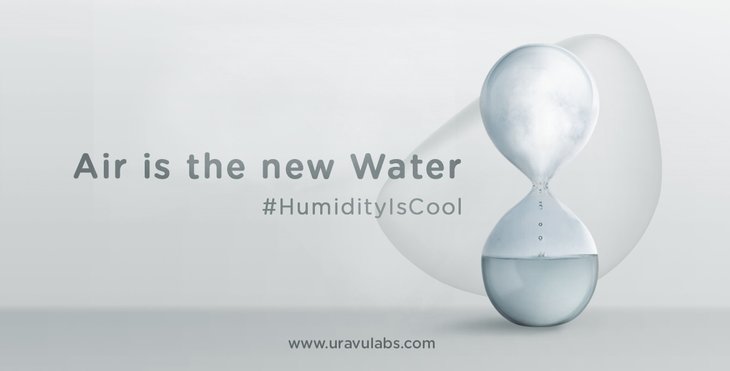
Many households in urban areas are dependent on UV or RO (reverse osmosis) water purifiers. Most of them don’t have a system that can warn users whenever the water quality starts to deteriorate.
Oceo Water, a company from Bengaluru, comes up with a water purifier that is IoT-enabled. The purifier can monitor the water in real-time and sends users alerts if the device needs maintenance.
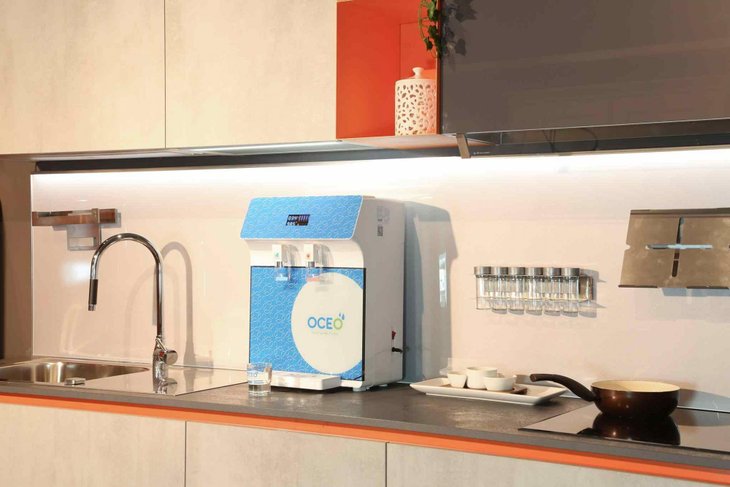
Gurugam-based Swajal is dealing with clean drinking water availability in public places through water ATMs. The water ATM runs on solar energy and uses sensors to remotely monitor the machine’s performance and water quality. According to Swajal, machine learning helps predict system failures even before it happens.
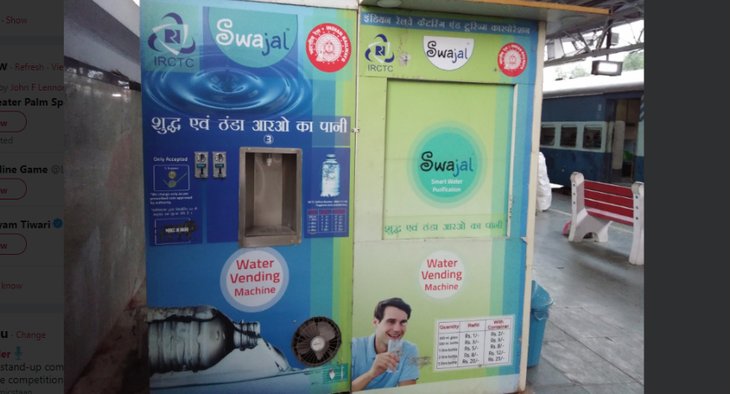
Chennai, one of India’s largest cities, grapples with a water crisis that has reached an alarming level. With the rate that we are misusing water, water resources will run out real soon.
According to experts, the reasons for this scarcity are the lack of rainfall, the drying up of reservoirs and wells. In fact, by 2020, it is likely for groundwater in Chennai to run out. The situation gets worse to the point that it takes hours for Chennai residents to queue up to collect water supplies every day.
To deal with this problem, a lot of ideas have been put forward. Sabari Terrace has proved how effective and important it is to collect rainwater when there is a water crisis. The apartment complex started installing a rainwater harvesting system in November 2017.
Besides rainwater harvesting, a startup called Earth Fokus has an innovation. The company created a device named QuaMist which can fit your tap and help reduce water consumption.
The water that usually gushes out will become a fine spray. The purpose of QuaMist is to save water usage by up to 95%.
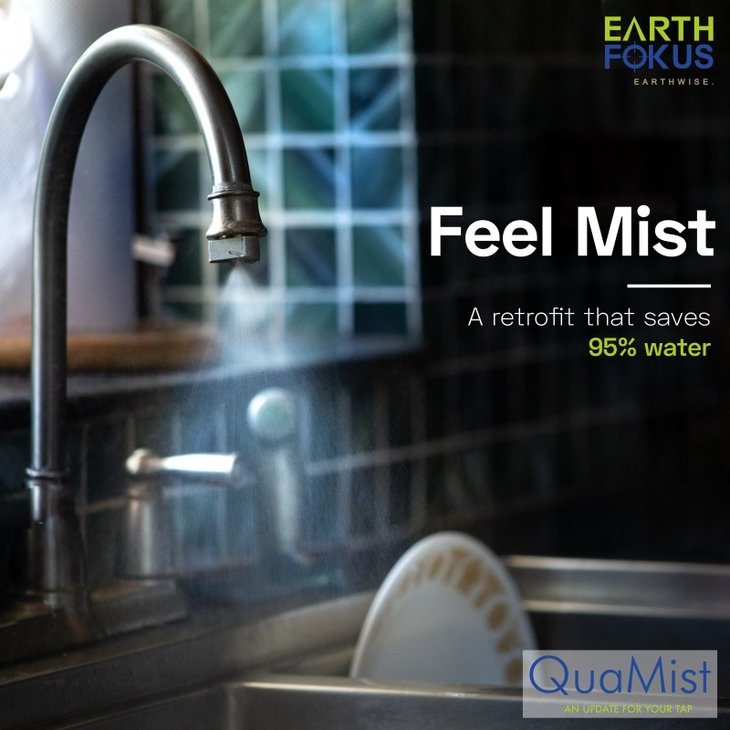
Motorcycle maker Royal Enfield also put forward a solution to deal with water wastage. On June 26, the iconic brand made an announcement on its new dry wash system which will be installed in all of its service centers around the city.
Shaji Koshy, Head of India Business at Royal Enfield acknowledges that Chennai’s situation had allowed the organization to come up with a solution that would be adapted into its operations.
Through this initiative, Royal Enfield wants to be responsible in the fight to save the precious resource. According to estimation, every month, the new dry washing system can save up to 18 lakh liters of water.
However, the company doesn’t plan to stop there as it wants to take this project to other regions of Tamil Nadu. Currently, Royal Enfield has more than 900 workshops in over 600 cities and towns. Therefore, the amount of number can be saved by the company will be significant if it implements the system in all of its centers.
But what about the motorcycles’ final wash quality of the new system? Royal Enfield says that the new technique is just as good as the conventional one.
Featured Stories

Features - Jul 01, 2025
What Are The Fastest Passenger Vehicles Ever Created?

Features - Jun 25, 2025
Japan Hydrogen Breakthrough: Scientists Crack the Clean Energy Code with...

ICT News - Jun 25, 2025
AI Intimidation Tactics: CEOs Turn Flawed Technology Into Employee Fear Machine

Review - Jun 25, 2025
Windows 11 Problems: Is Microsoft's "Best" OS Actually Getting Worse?

Features - Jun 22, 2025
Telegram Founder Pavel Durov Plans to Split $14 Billion Fortune Among 106 Children

ICT News - Jun 22, 2025
Neuralink Telepathy Chip Enables Quadriplegic Rob Greiner to Control Games with...

Features - Jun 21, 2025
This Over $100 Bottle Has Nothing But Fresh Air Inside

Features - Jun 18, 2025
Best Mobile VPN Apps for Gaming 2025: Complete Guide

Features - Jun 18, 2025
A Math Formula Tells Us How Long Everything Will Live

Features - Jun 16, 2025
Comments
Sort by Newest | Popular